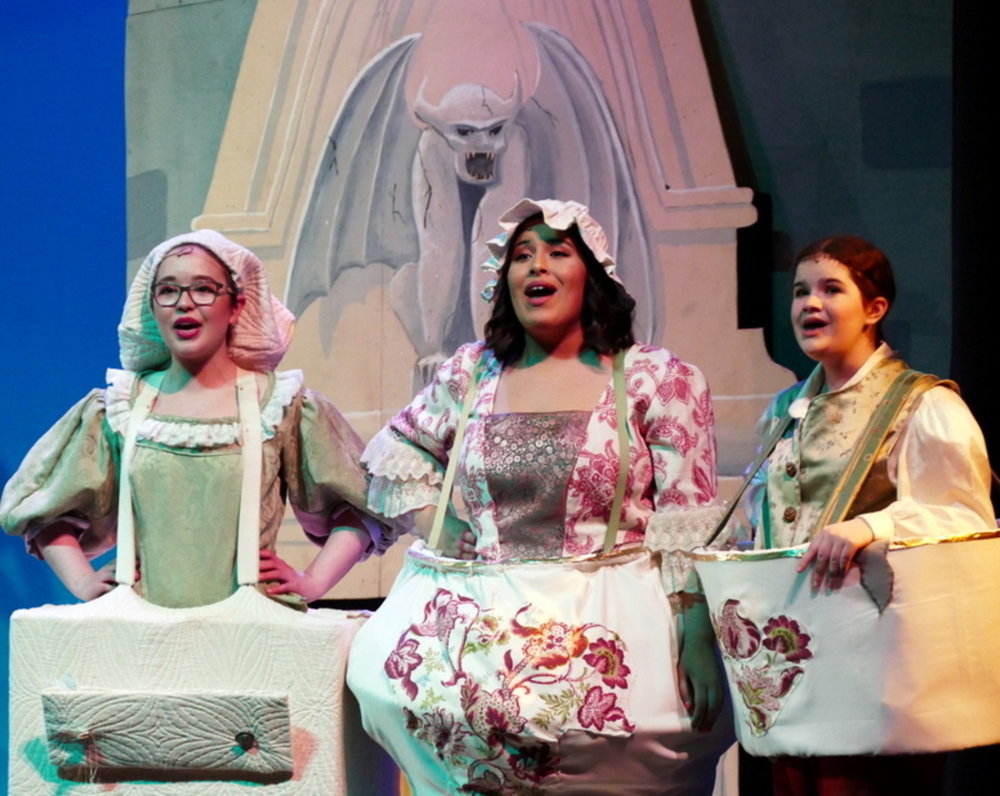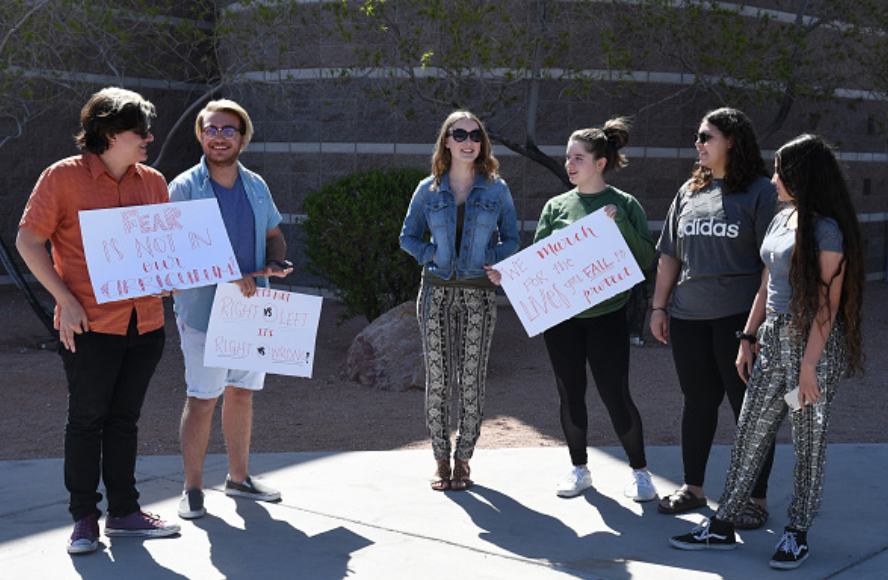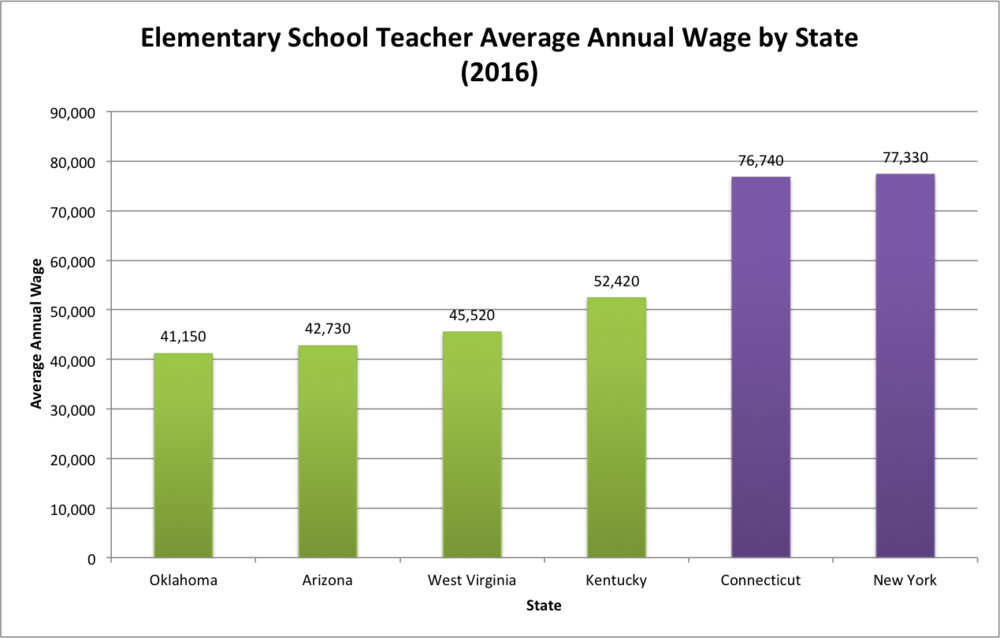
By Nicole Kessler
There was an electric buzz that amplified throughout the 600-seat theater at Hamden High School on March 25, as parents, friends, students and teachers all shuffled into the theater talking intimately, waiting for the lights to dim and the show to begin. They had gathered for a musical performance of “Beauty and the Beast,” put on by 38 teenagers, 11 staff members and the Hamden Department of Fine Arts.

The diverse and rich sounds of the clarinet, flute, violin and cello filled the room as the students took the stage and the infamous classical introduction began to bounce off the walls, mixing with the robust harmonies of the performers.
The spring musical is one of the most elaborate and talked-about performances put on by Hamden High each year – and it’s the most expensive.
Photos courtesy Robert Dauster.
The show cost around $25,000 for the four performances including $4,500 to license the Broadway material, according to drama teacher and director, Marydell Merrill.
Despite the cost, organizers say the experience is invaluable.
“We don’t expect most of our kids to be professional actors and they would be silly too because it’s very hard to make a living,” said Eric Nyquist, who is the director of fine and performing arts for the Hamden School District.
“Theater gives the confidence to speak, to stand up and connect their body and voice,” Nyquist said. “It also teaches them how to problem solve, articulate, improvise, memorize lines in a script, learning how to make a scene believable to an audience and learning how to work as a team.”
The program is also preserving despite statewide budget cuts. Other Hamden High elective classes, teachers, programs and other services are at risk for the 2018-2019 fiscal year.
“As an advocate for the educational needs of our children, I have done my best to acknowledge our continued fiscal challenges while seeking to move Hamden Public Schools forward,” Superintendent Jody Goeler said in a statement.
If there is a budget crisis, the town is going to have to make some decisions.
“No one wants to see any of it go, but I’m hoping theater still continues to play a major role,” Merrill said. “This school has a large list of amazing elective classes for the kids so I don’t want theater to be cut, but I wouldn’t want some of the other amazing opportunities for the kids to be cut either.”
The Board of Education approved a budget of $88,520,334. This budget reflects a 4.76 percent budget increase from the 2017-2018 school year. Mayor Curt Leng’s recommended education budget was $86,350,000, but the shortfall between the mayor’s recommended budget is $2,170,334 less than the Board of Education’s approved budget.
“As we have done in the past four years, my budget proposal includes a significant reduction in staff in response to declining enrollment,” Goeler said. “With these strategic reductions, we are able to continue to support initiatives and programs that promote success both in school and in life after graduation.”
So how has this affected Hamden so far?
“Everyone is feeling the effects of the economy especially the state of Connecticut. (It) is a bit of a mess right now with the economy,” Nyquist said. “I can’t speak for this year yet because this is a scary budget year.”
Even though this is considered a scary budget year, Hamden High has a solid well- rounded theater program and Mr. Nyquist said he has faith that the arts won’t be asked to take more of a cut than any other program.
“If we cut the theater teacher that would be the end of the program,” Nyquist said. “They try to not cut programs. They try to figure out ways to slice the budget here and there, but at some point, we may have to make harder decisions. I hope not.”
Nyquist doesn’t see the program going anywhere, though.
“Hamden has always believed that the arts are valuable,” Nyquist said.
This is all thanks to the town’s vocal advocates and passionate students.

Photo courtesy Robert Dauster.
“(Hamden) would definitely be dry,” Ava Purdue, who played Babette in “Beauty and the Beast,” said. “(Theater) brings life not only to the department but to the school. The support and everyone feeling excited is great.”
Freshman Cristian Castro is brand new to the theater department. This was his first audition ever and first time performing on a stage. He played Lumiere and said that the musical changed his life.
“It’s a very strong program,” Castro said. “The director is amazing, Ms. Merrill, she’s amazing. Our choreographer, she’s very driven. We would have to (do the steps) a million times until we got it right.”

He said the community is also great.
“There’s so much support for this program,” Castro said. “There are certain expectations that the audience has when looking forward to our performance. Ms. Merrill pushes us and Ms. Gannon is in full support. She knew what we could do and she supports us the entire time.”
This strong foundation starts at the top and filters down from the superintendent to the mayor to the director.
“We have a very supportive superintendent whose daughter (Emily Goeler, executive assistant to the managing director) works at Long Wharf Theater and he’s a musician,” Nyquist said. “He gets it. He really gets that the arts are valuable not just as a bonus but as an integral part.”
The mayor even brought his family to see “Beauty and the Beast” for the Saturday night performance. In his eyes, the show was a success. He loved the performance so much that he texted Nyquist showing his excitement.
Look who I found at Beauty and the Beast at Hamden HS!!!! Mayor Leng and the family. pic.twitter.com/51jxMDkkGO
— jody ian goeler (@SuperHamden) March 25, 2018
“Thanks for everything. The show was amazing. I want to support performances. I don’t want to miss any more shows at Hamden High. Make sure I am kept in the loop,” said Nyquist, while reading a text message between himself and Leng from his cell phone.
In order to keep producing these types of grandiose shows, the department obviously needs financial support. A few years ago, Nyquist was able to increase the production budget.
“They were still working on budgets from 25 years ago when you could do a show for $4,000,” Nyquist said. “We weren’t getting much at all. I was able to a few years ago increase that a little bit. I think it’s something like the middle school gets $7,000 to do their shows the high school gets $10,000 to put on their two shows.”
The musical gets its budget from three different sources. The Hamden Board of Directors, a ‘theater club’ checking account within the school-wide account for Hamden and different sponsors who put ads in the playbill.
One of the sponsors, for example, is Quinnipiac Internal Medicine’s Edward Ripple. Merrill said he donates $2,000 per season — $800 for play and $1,200 for the musical.
There are also some contractual stipend positions for the professional staff. These include Merrill’s directing position, choreographer, musical director, orchestra conductor, costume designer and lighting designer. These positions work one-on-one with the students after hours, mentoring and teaching them during the regular school day.
The investment is well worth it.
“Theater is very important for me now,” Castro said. “That’s what’s on my phone, musical after musical after musical. It’s all that I think about now.”
There’s also a social factor, as well.

Photo courtesy Robert Dauster.
“It has made me friendlier,” said Kevin Cathey, who played Gaston. “I’ve made more friends and I’m much more social. It’s very beneficial.”
The success from this theater department also spans far past the confines of Hamden.
Some legendary alumni include Hamden’s Blessings Offer, a songwriter and musician who graduated from Hamden High in 2007. Offer, who is blind, competed on Season 7 of NBC’s “The Voice.” He had four chair turns and ultimately chose Pharrell Williams as his mentor and coach. He now resides in Nashville.

Photo courtesy Linedy Genao’s Instagram.
There’s also 2009 graduate Linedy Genao.
Genao is a triple-threat performer who sang, acted and danced her way onto the Broadway stage.
“Here I am working at my first post-collegiate job, this bank job in New York City, and on my lunch break I went onto Broadway World and saw an open-call audition for the developmental lab for ‘On Your Feet!’ They were looking for Latino singers, dancers and actors,” Genao said.
“I thought to myself, I don’t have to pretend to be anyone else. So I went and was literally shot out of a canon.”
But in 2014, after Genao auditioned four times, she was chosen to take part in the month-long developmental lab for “On Your Feet” Oct. 27 to Nov. 22 in Chicago.
“I received a call from our casting director, it was like a week before Christmas in 2014,” Genao said. “I was outside of my bank job, on my lunch break, walking around New York City and I received that call and I just started bawling my eyes out.”

Photo courtesy Linedy Genao’s Instagram.
The director then offered Genao not just Chicago, but also New York City — as in Broadway.
“That was incredible because they could have only offered me one,” she said.
Genao was a featured member of the ensemble and served as the understudy for the lead role of Gloria Estefan, Ana Villafane. She was the first person to step into Villafane’s shoes.

Photo courtesy Linedy Genao’s Instagram.
The musical, which tells the life story of Emilio and Gloria Estefan, first opened on Broadway Nov. 5, 2015 with preview performances beginning Oct. 5, 2015, at the Marquis Theater in New York City. The show closed on Aug. 20, 2017.
In total, Genao performed on Broadway as Gloria more than 70 times from March 31, 2016 to August 6, 2017 and was a part of the ensemble since day one.

Photo courtesy Linedy Genao’s Instagram.
“You don’t have to go to a fancy theater school to pursue what you love,” Genao said. “If it’s in you, meant for you and the right opportunity is there, the right doors will open for you. You can achieve your dreams with little experience.”
Even though Genao has been singing for her entire life, starting off in church, she wasn’t introduced to theater until she entered the Hamden school system, specifically in middle school, but then later in high school with Nyquist.
Before becoming the director of fine and performing arts, Nyquist was the theater teacher and director for 10 years at Hamden High School. He started in 2002 and had the opportunity to watch Genao grow as a person and performer while nurturing her raw talents along with other influential teachers she had at Hamden High.
“That was when I really discovered my love for theater.” Genao said. “Mr. Nyquist is an incredible teacher, even for kids who just do it for fun, he just sees whatever potential you have. He pulled out whatever potential he really saw in me, thank god and it really changed my life.”
Broadway changed Genao’s trajectory.
“The level and caliber of the Hamden Arts are just way higher than anyone would expect,” Genao said. “The Hamden High School theater department isn’t just a high school theater department, it’s so much more than that.”
Nyquist has inspired countless other students and also plays a big factor in the program’s success to this day.
This year for the first time, any student enrolled in Hamden public schools would be eligible to audition for “The Voice of Hamden,” a vocal competition featuring great singing in Hamden.

“We had 60 kids audition and 10 students were chosen,” Nyquist said.
Ten students from the middle and high schools took part in the Jan. 25 production in front of more than 400 audience members. The show raised $4,000 that went back to the program.
This competition was a Hamden Educational Foundation Event, which builds a brighter future for Hamden’s children. Since 2001, HEF has donated over $590,000. This money benefits Hamden’s students.
The HEF has also awarded 189 Innovative Grants totaling $117,000, which support teacher driven initiatives in all subjects.
“They fundraise all year for the sole purpose of putting it right back into the school,” Nyquist said. “It’s a great, great cause.”
Offer, the competitor from NBC’s “The Voice,” put on an intermission concert for the audience and let the kids sing on stage with him.
Eighth-grader, Mae Valerio, who attends Hamden Middle School, performed “Never Grow Up” by Taylor Swift. She played the guitar and ended up taking home the grand prize.
“Oh yeah, she’s ridiculous. I cried during her song,” said Genao, who helped judge the competition along with Stacie Morgain Lewis and T. Sean Maher.
“It was so cool and such a fun night full of love and joy!” Genao said. “I’ve been back to Hamden High a couple of times beforehand but being back here for this was just awesome. Just knowing that there are other things that Hamden is doing to encourage kids and just expose them is incredible.”

Photo courtesy Linedy Genao’s Instagram.
The students in Hamden have the rare opportunity to do what they love with full support from everyone.
Even though practicing and performing could be stressful, most students and parents are eternally grateful, especially those who were given the opportunity to perform in “Beauty and the Beast.”
“I enjoyed it being very strict and focused,” Castro said. “Sometimes it was a little much. Sometimes it was a long day. We would have a five-hour rehearsal and they would be a little hard on us, but it did push us. They did everything the right way. They knew what they were doing.”
Others say it was stressful due to the number of snow days Hamden had.
“We missed eight or so rehearsals including our final dress because of the snow,” Cathey said. “We had field trip days and missed classes to rehearse until 10 p.m. to catch up sometimes. But, it’s a positive thing because the community helps you get through the day.”
Overall, the end result always seems to be worth it.
“(Merrill) is a very serious teacher,” said Corinne Castro, mother of Cristian Castro who played Lumiere. “She demands a lot. It’s a big commitment and you can’t go halfway, but she really pulls fantastic performances out the kids.”
Castro now feels woven into the multi-faceted fabric of Hamden High.
“It’s definitely not normal to say that someone who is on an athletic team who is a guy to be doing musicals as well,” Castro, who plays soccer at Hamden High, said. “I definitely had to ignore people who were saying some stuff on my soccer team, but once I got into the theater program, it was like a whole new family. We aren’t just friends. They take you in and you can’t leave them because they are there for you. It’s truly the greatest thing.”




































